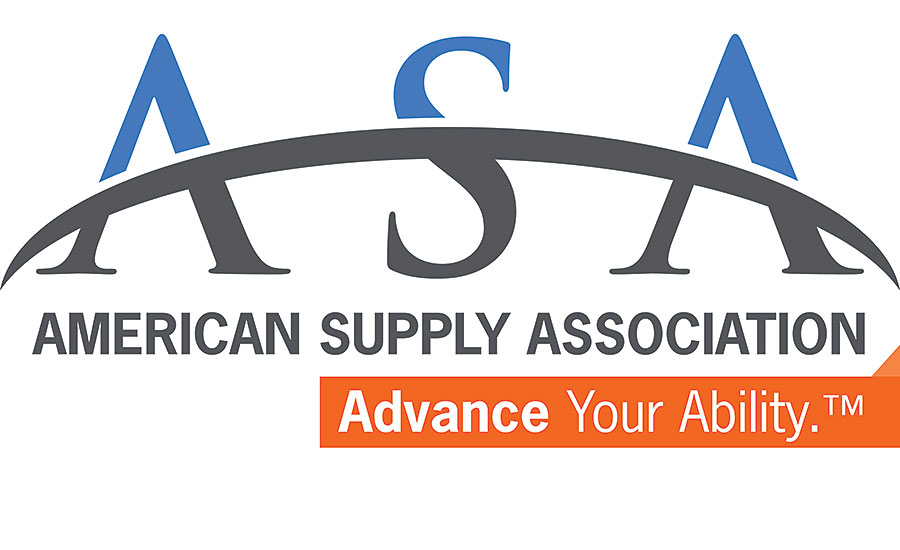15 ratios to regularly monitor profitability

Managing a business is challenging enough during favorable economic periods, let alone during business downturns or during slow economic growth periods. However, history tells us that business conditions change. No matter how good the economy is, eventually a downturn (and probable recession) will occur. Likewise, even during recessionary periods, there is some satisfaction in knowing that eventually a recovery is on the horizon.
The unfortunate part about economic cycles is that businesses usually are affected in ways that are beyond their control. When the economy is in a downturn, even the best-managed firms experience slower growth, lower profits and cash flow problems. To further complicate matters, economic swings are difficult to predict and virtually impossible for which to plan. Although we know cycles inevitably occur, we do not know when or for how long they will last.
One solution to this dilemma is to maintain control of your business at all times, regardless of what is happening in the economy. For example, resist the temptation to be soft on expense control just because the economy is good, and your sales, cash flow and bottom line profits are strong. There still may be expense inefficiencies taking away from profits and go unnoticed due to the favorable business climate. If so, these could cause big problems if the economy turns downward.
By maintaining strong control of your business, regardless of the economy, you can be assured of maximizing your profitability at all times. To do this is no more complicated than following sound, basic business practices in the management of all aspects of your business. In particular, ASA’s annual Operating Performance Report (OPR) contains information that will help to direct your ability to grow profitability. And in fact, the OPR represents the most complete, accurate and up-to-date comparative financial performance data available anywhere to benchmark the PHCP-PVF supply chain.
Recognizing that an almost infinite number of possible financial and operating performance ratios can be calculated, a key challenge for making comparative ratio analysis meaningful is to identify which ratios are the most useful to monitor and with what frequency.
The key dimensions of management that should be monitored on a regular basis are sales performance, profit margins, personnel productivity, assets – especially inventory and receivables, financial management and liquidity (i.e., cash).
Visit www.asa.net/OPRtable to see a table which identifies 15 suggested ratios for monitoring performance on a daily, monthly, quarterly and/or annual basis. These are provided as one possible framework for you to adopt or to serve as a guide for developing a similar set of measures that are best for your company.
In conclusion, even though the economy will go through roller-coaster cycles, the effects of these swings can be minimized through constant control. The comparative financial and operating performance ratios provided as benchmarks in ASA’s 2017 OPR can serve as an important control tool for your company.
> Learn more: www.asa.net/bi
This article was originally titled “Maximize profitability by the numbers” in the September 2017 print edition of Supply House Times.
Looking for a reprint of this article?
From high-res PDFs to custom plaques, order your copy today!



